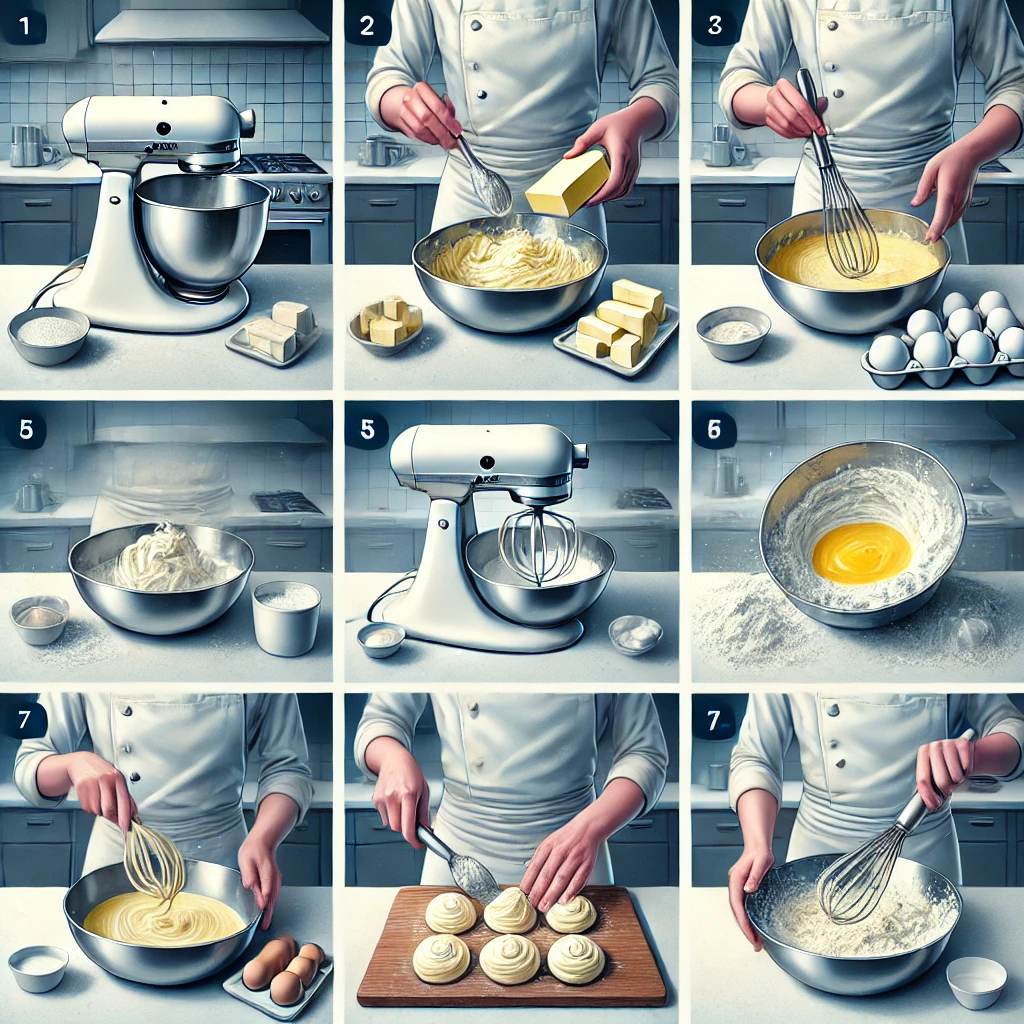
Mastering the Art of Mixing: Techniques Every Baker Should Know
Welcome to another flavorful feature at The Bakers Junction! Whether you’re a novice baker just starting your sweet journey or an experienced chef looking to refine your skills, understanding the right mixing techniques can make all the difference in your baking. Here’s a guide to mastering the art of mixing, ensuring your baked goods turn out perfect every time.
1. Creaming Method
One of the most common mixing techniques is the creaming method, essential for making cookies, cakes, and other soft pastries. This method involves beating together butter and sugar until light and fluffy, which incorporates air into the mixture, leading to a soft and tender crumb. For the best results, ensure both the butter and sugar are at room temperature before starting, and beat them together until the mixture is pale and creamy.
2. Rubbing-In Method
Perfect for making scones and shortbread, the rubbing-in method involves coating the flour particles with fat (typically butter). This is done by rubbing the cold butter into the flour with your fingertips until the mixture resembles fine breadcrumbs. This technique helps prevent the formation of gluten, resulting in a tender, crumbly texture.
3. Folding Technique
Folding is a delicate mixing technique used when combining lighter mixtures into heavier ones without deflating the air bubbles. It’s often used when incorporating whipped cream or beaten egg whites into a batter. The key here is to use a large metal spoon or a spatula to cut through the mixture, then gently turn it over, repeating the process until the ingredients are just combined. This technique is crucial for airy and fluffy desserts like mousses and soufflés.
4. Whisking Method
The whisking method involves beating ingredients together to incorporate air, used primarily for making sponge cakes or meringues. Eggs, often with sugar, are whisked vigorously to a light, frothy consistency, which helps achieve a light and airy texture in baked goods. Consistency and persistence are key, as this technique can sometimes be a workout!
5. Kneading
Kneading is essential in bread-making. This technique develops gluten in the dough, making it elastic and able to hold the gases released by the yeast. The process involves pressing the dough with the heels of your hands, folding it over, and turning it. Repeat this until the dough is smooth and elastic. Proper kneading is crucial for the texture and volume of the bread.
Conclusion
Each mixing method serves a unique purpose and is suited to different types of baked goods. By mastering these techniques, you can ensure that your creations come out just as intended, with the perfect texture and flavor. So, grab your whisk or spatula, and let’s get baking! At The Bakers Junction, we’re all about making sure every mix leads to a masterpiece.

